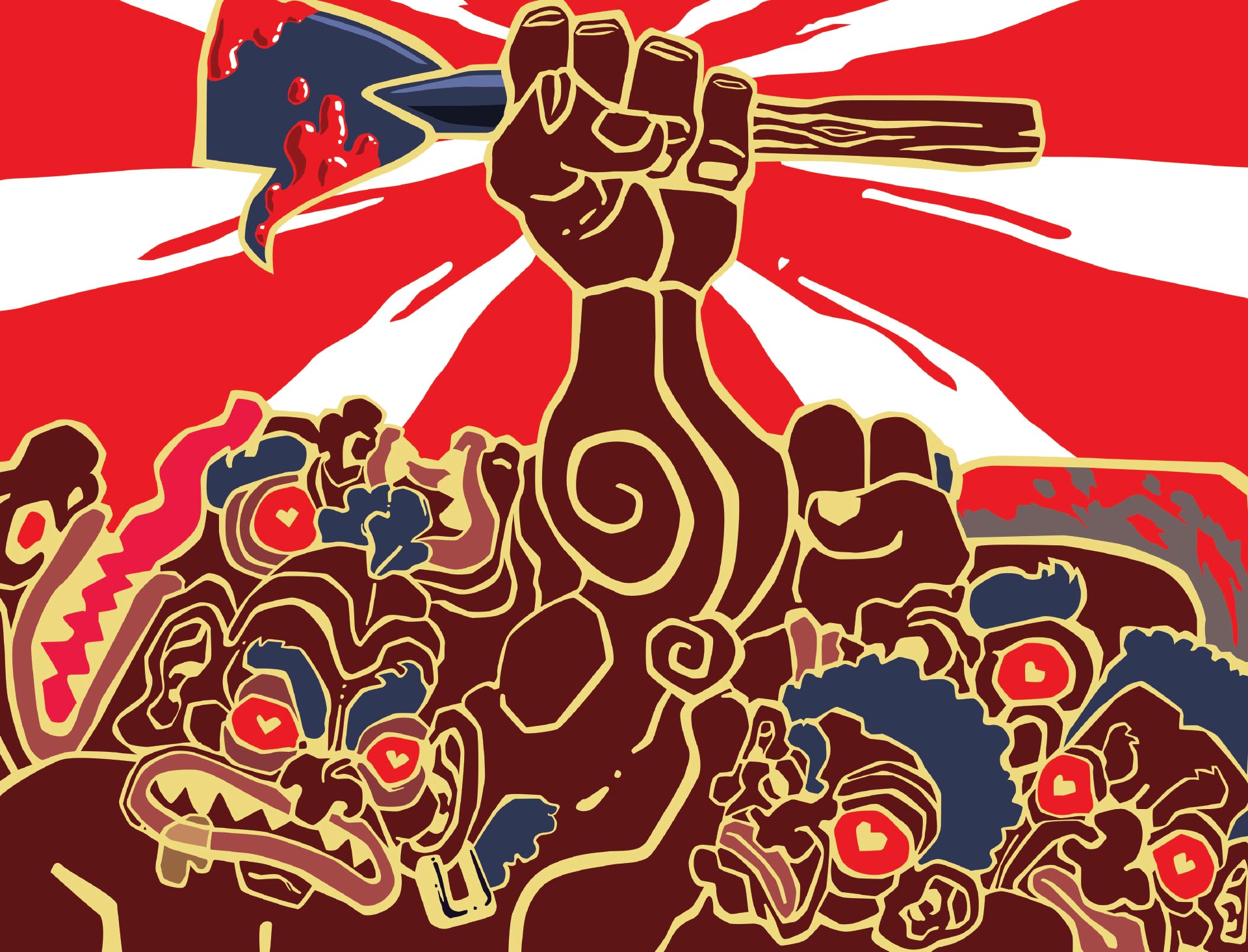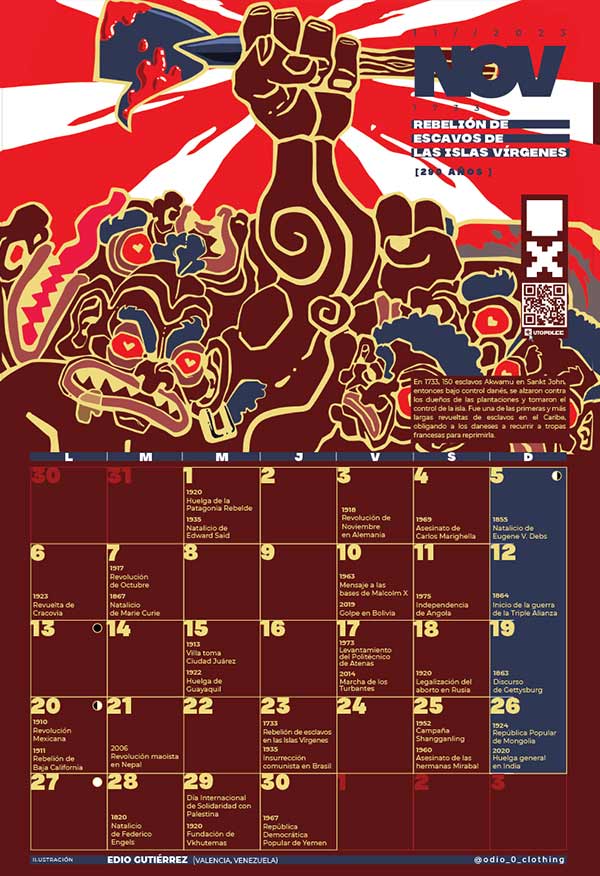ESP – ENG

European powers massively expanded the slave trade in the 17th century. Destroying the African continent, they sought labor for the plantations in their new territories in the Caribbean.
However, these enslaved populations gradually gained consciousness and staged insurrections against the colonial governments.
One of the first recorded rebellions took place in 1733 in Saint John, now part of the Virgin Islands, which at that time was a Danish colony. About 150 men and women from Akwamu, present-day Ghana, revolted against the plantation owners. Sugar, cotton and indigo were the main crops.
One of the leaders was Breffu, along with several men from high positions in African society from where they were uprooted. The rebel forces took control of the island and its main port. They sought to continue working the land, but free from slavery.
The insurgent population maintained control for several months, while Denmark requested help from French troops in Martinique. With far superior firepower, the French army took control of the island in May 1734. Many of the rebels committed suicide to avoid capture.
Slave rebellions would multiply throughout the Caribbean in the following decades, culminating in the revolution that led to Haiti’s independence.

Click here to download the printable version of the calendar and hang it on your wall.
Text: Ricardo Vaz. Illustration: Edio Gutiérrez.